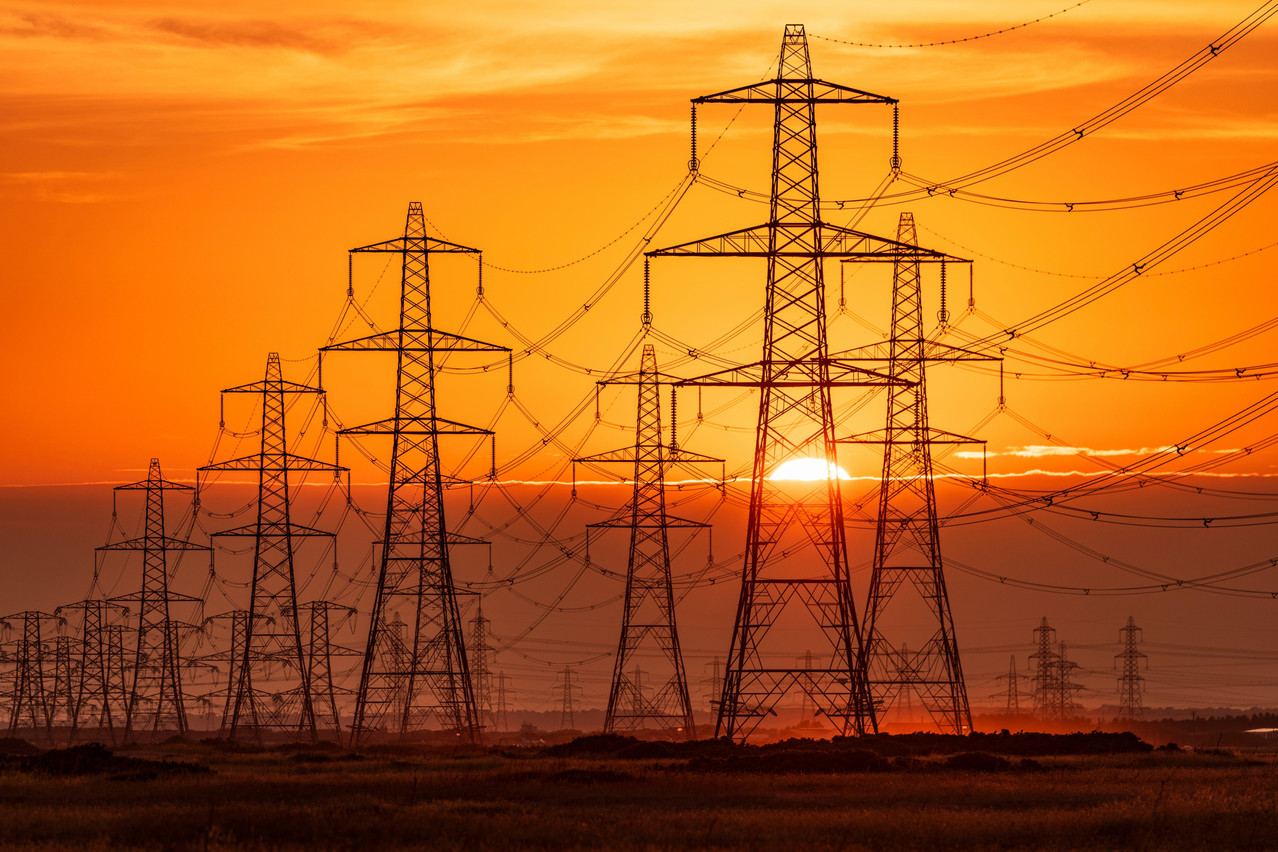To achieve its ambitions of carbon neutrality and strengthen its energy autonomy, the European Union must tackle a major challenge: thoroughly modernising its electricity network. The grid is ageing and often outdated, even though demand for electricity could more than double between now and 2050. These are the findings of the latest by the European Court of Auditors, published 1 April 2025.
“Almost half of distribution lines are over 40 years old,” says the member of the court responsible for the analysis document, Keit Pentus-Rosimannus. “If we want to guarantee the competitiveness of our industry and affordable energy prices, considerable investment in the network must inevitably be made.”
According to the auditors, if the current pace is maintained, the investments planned by network operators between now and 2050 will total €1.871trn. An impressive figure, but still below the European Commission’s estimates, which put investment needs at between €1.994trn and €2.294trn.
Structural delays
The problem? The pace of modernisation is not keeping up, “hampered by poor grid planning, lengthy permit procedures and limited public acceptance, as well as shortages of equipment, materials and skilled labour.”
To contain costs, the Court of Auditors calls for the potential of intelligent technologies to be better exploited. The objective: optimise what already exists before expanding. Better management of consumption peaks, thanks in particular to smart meters--already --can, for example, reduce the pressure on the network. “Technology offers many opportunities here (e.g., by developing and scaling up new storage solutions), even though some options can still be too expensive,” notes the report.
Another lever is to simplify licensing processes and strengthening coordination between countries. There’s an opportunity in “strengthening interconnections between member states,” says the organisation.
Finding the right tariff
Regulation is also a determining factor in investment decisions. It is regulation that determines the income of network operators, via the tariffs applied to users. However, a key challenge is “striking a balance between the investment needs and keeping the electricity bills affordable for consumers, particularly households and energy-intensive industries.”
The equation is complex: how can investment be encouraged whilst protecting consumers? “The European Union has a key role in making the grid fit for net zero, in particular by improving overall governance and planning, and creating the necessary legislative environment,” concludes the analysis. “At the same time, member states and grid operators are responsible for developing the grids and addressing the related practical, regulatory and financial challenges.”
This article was originally published in .
